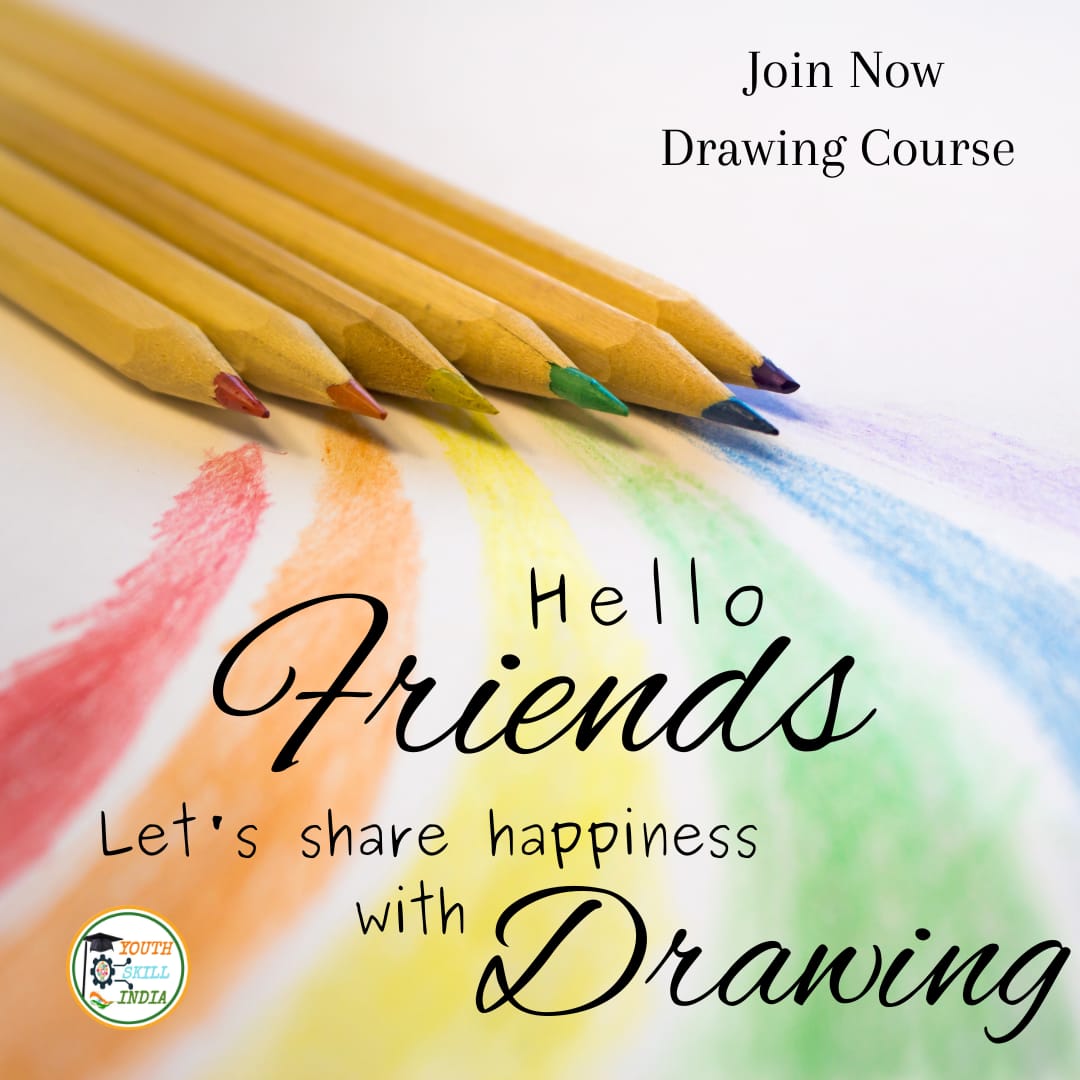The first writing of the human being was drawing, not writing…
Drawing on a blank piece of paper is a powerful way for children’s imagination and creativity to go as far as they take it. Children are effective communicators and through the creative arts, children learn to make meaning and freely express their thoughts, ideas and feelings. Drawing also acts as a powerful way for caregivers to understand how a child is feelings.
Benefits of Drawing in Early childhood.
senses What are the benefits of drawing in the early years?
Below, the many advantages of drawing and painting for children are explored. Although these appear in a numbered list, this does not indicate an order of importance.
All of these aspects are intertwined, as kids gain vital skills through practice with tools such as crayons, pencils, markers, and paintbrushes.
1. Motor Skills
While drawing, children strengthen the small muscles in their hands and fingers. In addition, they also exercise the large muscles in their arms and shoulders.
2. Creativity
With various drawing/painting tools and papers or other surfaces available, pre-schoolers can creatively explore the process of art without concerns over a specific product as a result of their efforts.
4. Planning Skills
Once they are past the scribbling stage, children begin to plan what they intend to draw on the paper, where each figure or shape should be placed, and how to leave room for the next object they expect to draw.
5. Eye-Hand Coordination
Drawing gives your child practice in using the eyes to accurately guide the movements of the hands.
This eye-hand coordination is a benefit in sports, handwriting, reading, and other life skills, such as buttoning buttons and tying shoes.
6.Stages of art development reflect stages of child dev senses.
7.Improving the Senses
As the health benefits of painting and drawing are evident in one’s mental activities, these activities can also promote the improvement of the.
